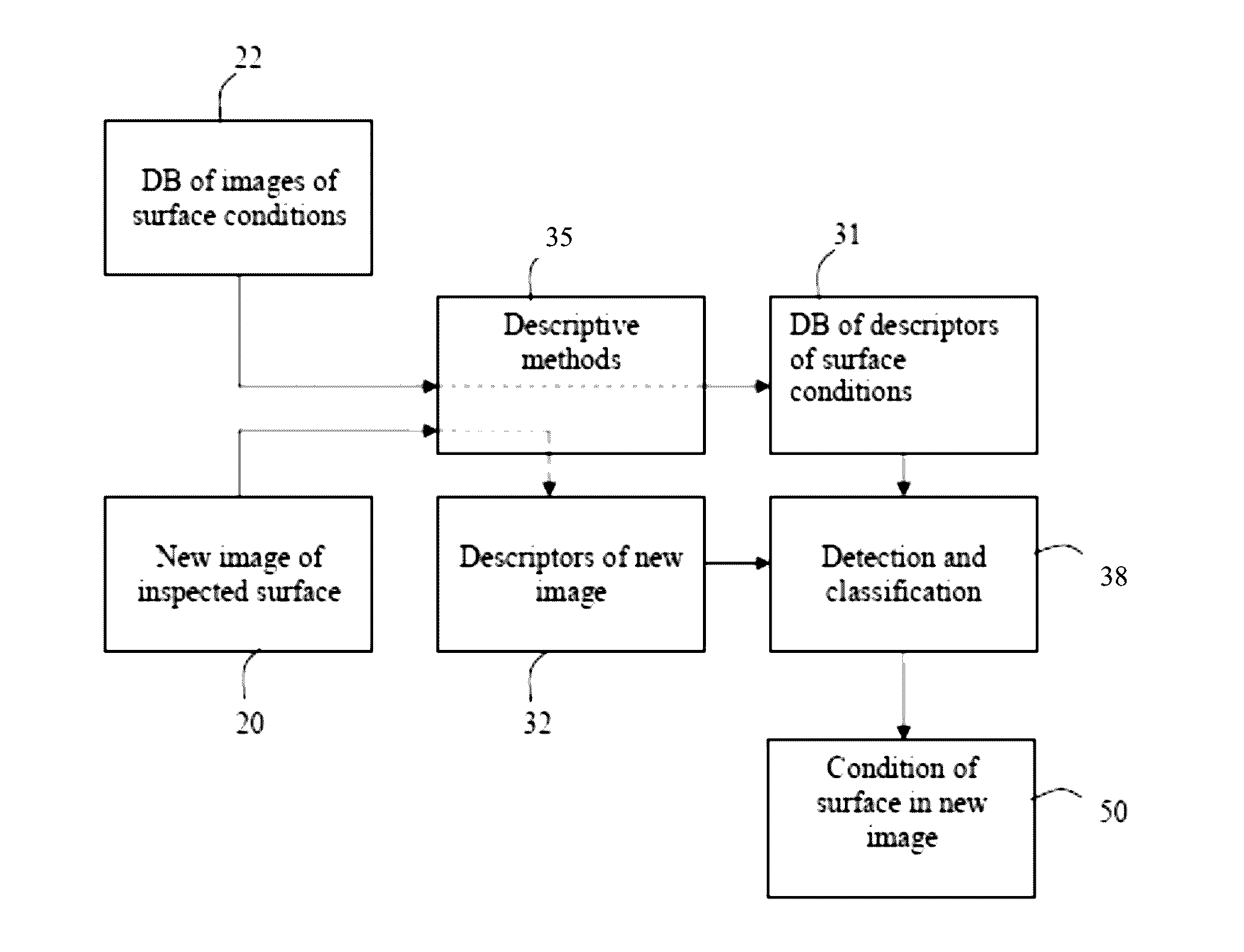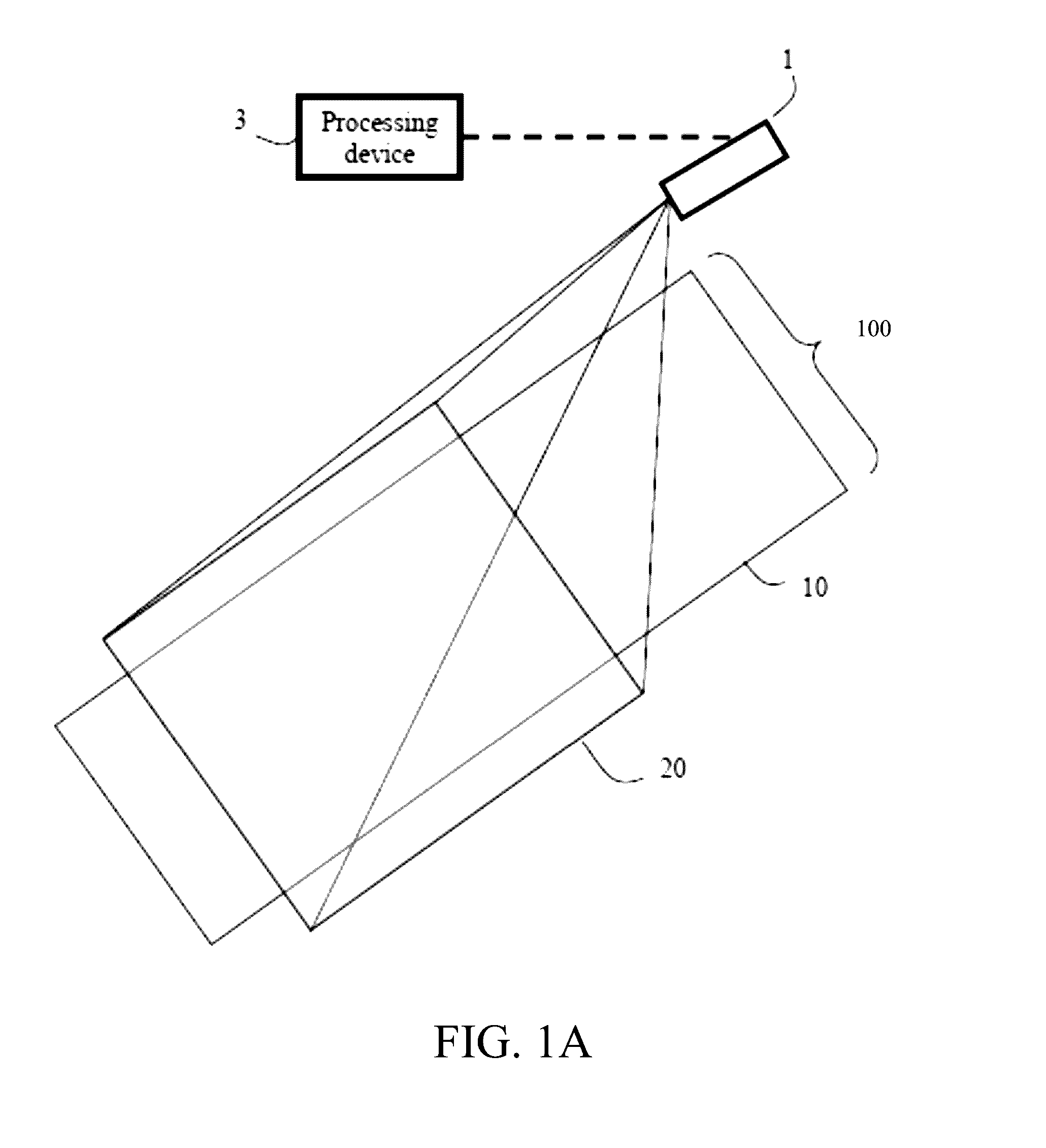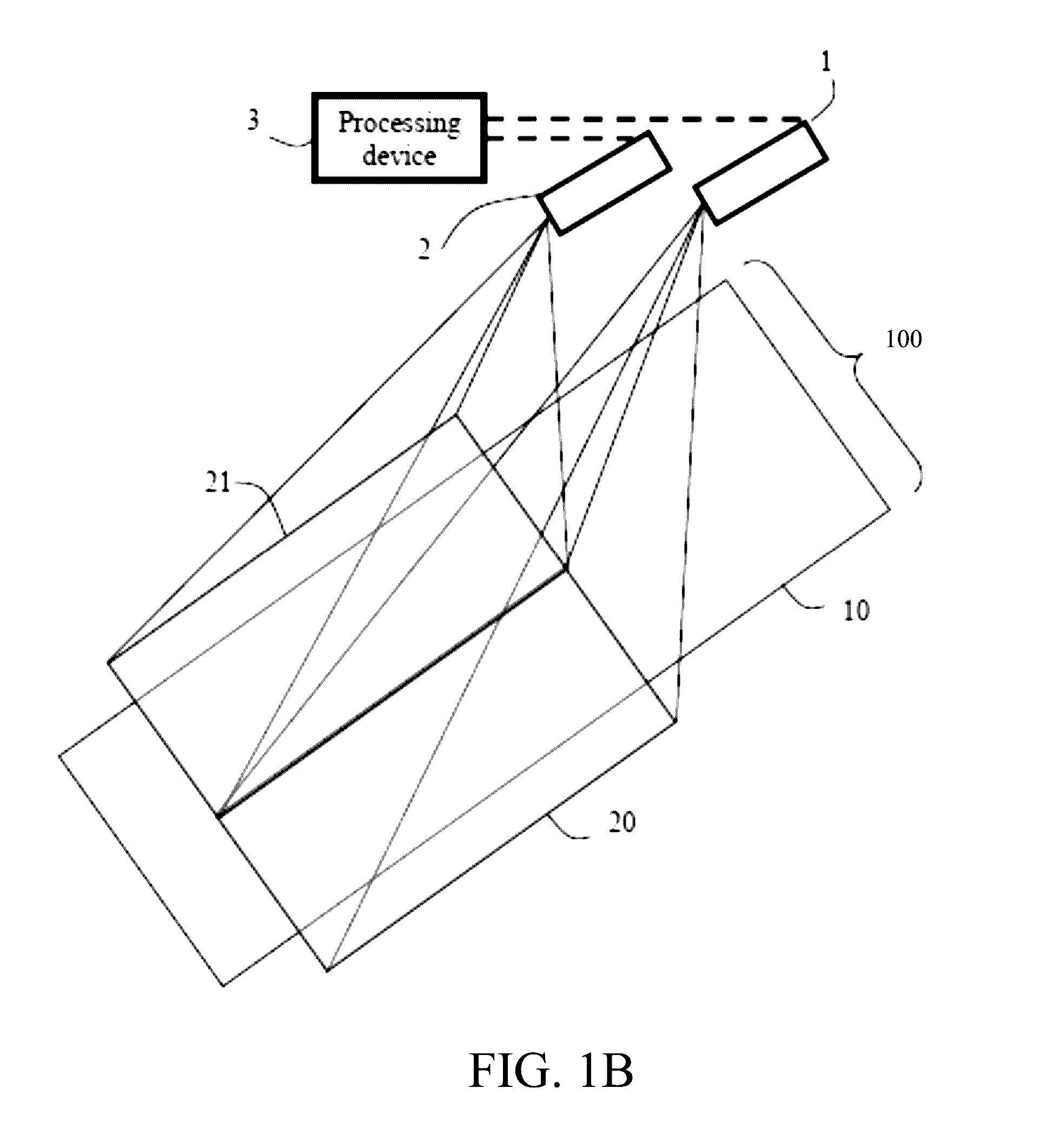Method and apparatus for monitoring changes in road surface condition
a technology for analyzing paved surfaces and images, applied in the field of methods and means for monitoring the condition of paved surfaces, can solve the problems of inability to detect the type and severity of surface defects, and inability to use the same method for different types of paved surfaces
- Summary
- Abstract
- Description
- Claims
- Application Information
AI Technical Summary
Benefits of technology
Problems solved by technology
Method used
Image
Examples
Embodiment Construction
[0039]In the following description, various aspects of the invention will be described. For the purposes of explanation, specific details are set forth in order to provide a thorough understanding of the invention. It will be apparent to one skilled in the art that there are other embodiments of the invention that differ in details without affecting the essential nature thereof. Therefore the invention is not limited by that which is illustrated in the figure and described in the specification, but only as indicated in the accompanying claims, with the proper scope determined only by the broadest interpretation of said claims.
[0040]As used herein, the term “paved surface” refers to any surface covered with at least one layer of a solid paving material. Non-limiting examples of “paved surfaces” within the meaning of the term as used herein include paved roadways, bridge surfaces, parking lots, and airplane runways. Non-limiting examples of paving materials with which the surface may ...
PUM
 Login to View More
Login to View More Abstract
Description
Claims
Application Information
 Login to View More
Login to View More - R&D
- Intellectual Property
- Life Sciences
- Materials
- Tech Scout
- Unparalleled Data Quality
- Higher Quality Content
- 60% Fewer Hallucinations
Browse by: Latest US Patents, China's latest patents, Technical Efficacy Thesaurus, Application Domain, Technology Topic, Popular Technical Reports.
© 2025 PatSnap. All rights reserved.Legal|Privacy policy|Modern Slavery Act Transparency Statement|Sitemap|About US| Contact US: help@patsnap.com



